
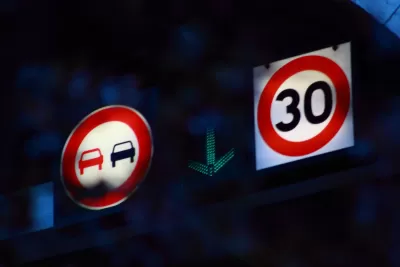 Enhance your journey's ease with the essential acquisition of a Slovenian electronic highway stamp. This electronic marvel seamlessly registers your license plate within the Slovenian government's database. Discover more about this indispensable companion for hassle-free travel across Slovenia throughout your sojourn on our portal. While procuring an electronic highway stamp via the E-Vignette Slovenia portal before your journey is optimal, you can also secure it at gas stations, post offices, and other accredited vendors.
Enhance your journey's ease with the essential acquisition of a Slovenian electronic highway stamp. This electronic marvel seamlessly registers your license plate within the Slovenian government's database. Discover more about this indispensable companion for hassle-free travel across Slovenia throughout your sojourn on our portal. While procuring an electronic highway stamp via the E-Vignette Slovenia portal before your journey is optimal, you can also secure it at gas stations, post offices, and other accredited vendors.
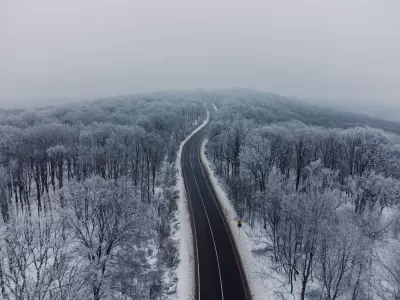
Thanks to substantial investment and effective management, Slovenia boasts a meticulously maintained road infrastructure. In 2021, the EU allocated funds for the expansion of Slovenia's motorways, ensuring continuous enhancement. Regular preventive maintenance is diligently carried out, and expansion initiatives are strategically implemented over time. Such concerted efforts elevate the driving experience to one of pleasure.
Nevertheless, it is imperative to adhere to the following guidelines:
- Respect traffic regulations, encompassing speed limits and pertinent information displayed on road signage.
- Motorways are identified by the "A" prefix, while expressways bear the "H" prefix, potentially supplemented by an "E" to indicate European routes.
- Primary roads are prefaced with "G", and regional roads with "R".
- Prior to embarking on your journey and throughout its course, it is advisable to consult the latest updates regarding your routes.
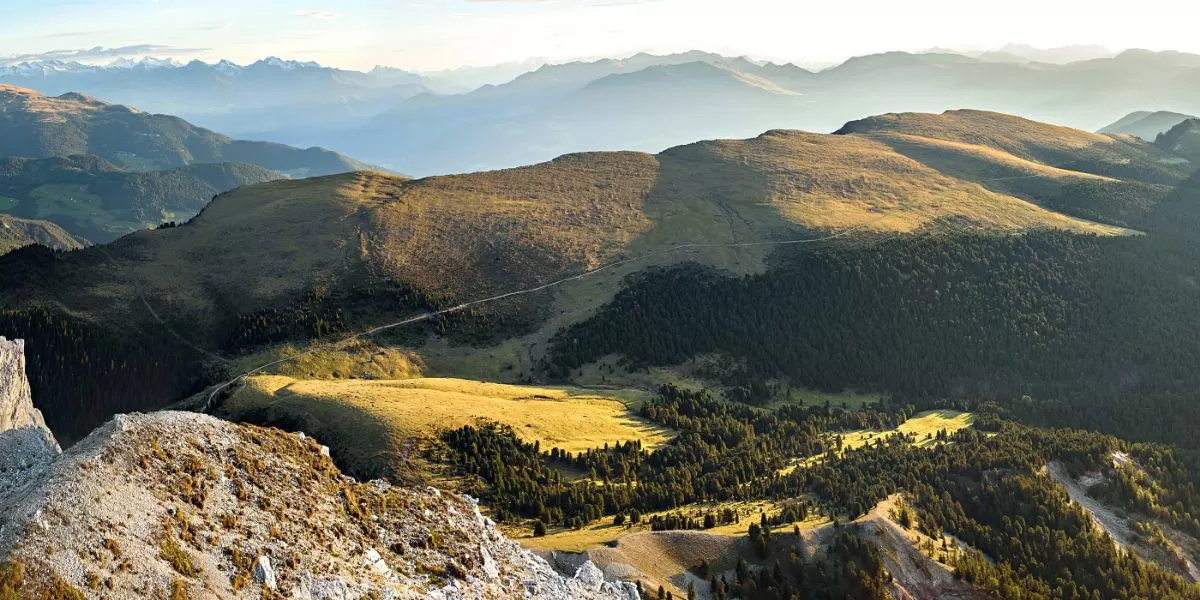
Embark on an exhilarating journey through Slovenia's mountainous realms, where scenic wonders await at every turn. Consider these captivating routes:
Triglav National Park and Vršić Pass:
Envelop yourself in the breathtaking alpine vistas surrounding Mount Triglav, Slovenia's highest peak. Traverse the historic Vršić Pass, with its 50 winding turns weaving between Kranjska Gora and Bovec.
Mangart Saddle Road:
Venture cautiously along this narrow, occasionally steep pathway, and be bestowed with sweeping panoramic views of majestic mountains.
Mountain Landscapes of Slovenia in the Julian Alps:
Immerse yourself in the captivating beauty of the Julian Alps as you traverse its winding roads.
Road Across the Soča River:
Follow the meandering path of road 206 as it winds its way through the lush landscapes of the Soča Gorge, offering a feast for the eyes.
Pass Limit:
Indulge in the scenic splendor of the Julian Alps as you journey towards the Italian border, each twist and turn unveiling new vistas to behold.
Kranjska Gora – Mangart:
Meander through picturesque mountain villages nestled in the northwest of Slovenia, each offering its own slice of alpine charm.
Julian Alps:
Explore the myriad routes crisscrossing the Julian Alps, where abundant opportunities for winter sports and awe-inspiring views await at every elevation.
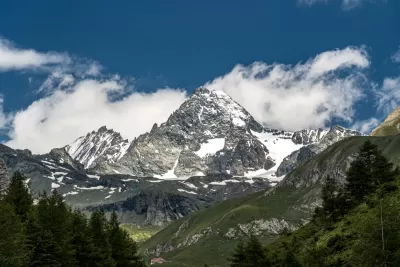 Navigating mountain roads demands heightened caution from drivers.
Navigating mountain roads demands heightened caution from drivers. Here are crucial considerations:
- Steep and Serpentine Routes: Exercise patience and vigilance on these challenging roads.
- Unpredictable Weather: Mountainous regions are notorious for sudden weather shifts. Stay informed with reliable forecasts and be prepared for rapid changes.
- Vehicle Readiness: Ensure your vehicle is equipped with quality tires, responsive brakes, and ample fuel for the journey.
Driving amidst varied weather conditions demands adaptability. Here are guidelines for specific scenarios:
- Rain: Verify the efficiency of windshield wipers. Maintain a safe distance from other vehicles and moderate your speed accordingly.
- Ice and Snow: Comply with Slovenian regulations mandating winter tires from November 15 to March 15. If necessary, utilize snow chains and proceed cautiously, avoiding abrupt speed changes.
- Fog: Activate fog lights or utilize low beam headlights. Exercise extreme caution, maintaining a safe distance from other vehicles.
 Ensuring traffic safety hinges on adhering to essential rules:
Ensuring traffic safety hinges on adhering to essential rules:
- Driver Preparedness: Drivers are obligated to carry their driver's license (along with an international driving permit if necessary) and vehicle registration documents.
- Emergency Equipment Mandate: By law, every vehicle must be equipped with a warning triangle and a reflective vest, to be utilized in cases of accidents or breakdowns. Furthermore, it is imperative to carry additional safety gear such as a first aid kit and spare light bulbs.
- Headlight Protocol: Headlights must be illuminated while driving, irrespective of the time of day.
- Seat Belt Enforcement: All adult occupants (measuring over 1.5 meters tall) are required to fasten their seat belts. Children must be secured with appropriate child restraint systems.
- Zero Tolerance for Impairment: Driving under the influence of alcohol or drugs is strictly prohibited. Both professional and novice drivers are subject to zero tolerance. For other drivers, the permissible blood alcohol content limit is 0.05%.
- Hands-free Mobile Usage: Mobile phones may only be used while driving if paired with a hands-free device.
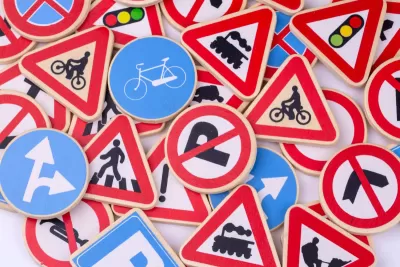
- Highways and expressways – cruising at 130 km/h
- Dual carriageways – cruising at 110 km/h
- Within city limits – cruising at 50 km/h (slowing to 40 km/h near schools)
- Countryside drives – cruising at 90 km/h
Embarking on a journey through Slovenia by car promises a seamless and secure experience, whether for business or leisure. An extensive road network interconnects bustling urban hubs with quaint hamlets and scenic landmarks. Leveraging state-of-the-art technologies like electronic vignettes and a proactive maintenance ethos ensures driving safety at par with global standards. Abide by our guidelines, heed signage, and cooperate with officials en route for an unforgettable excursion.
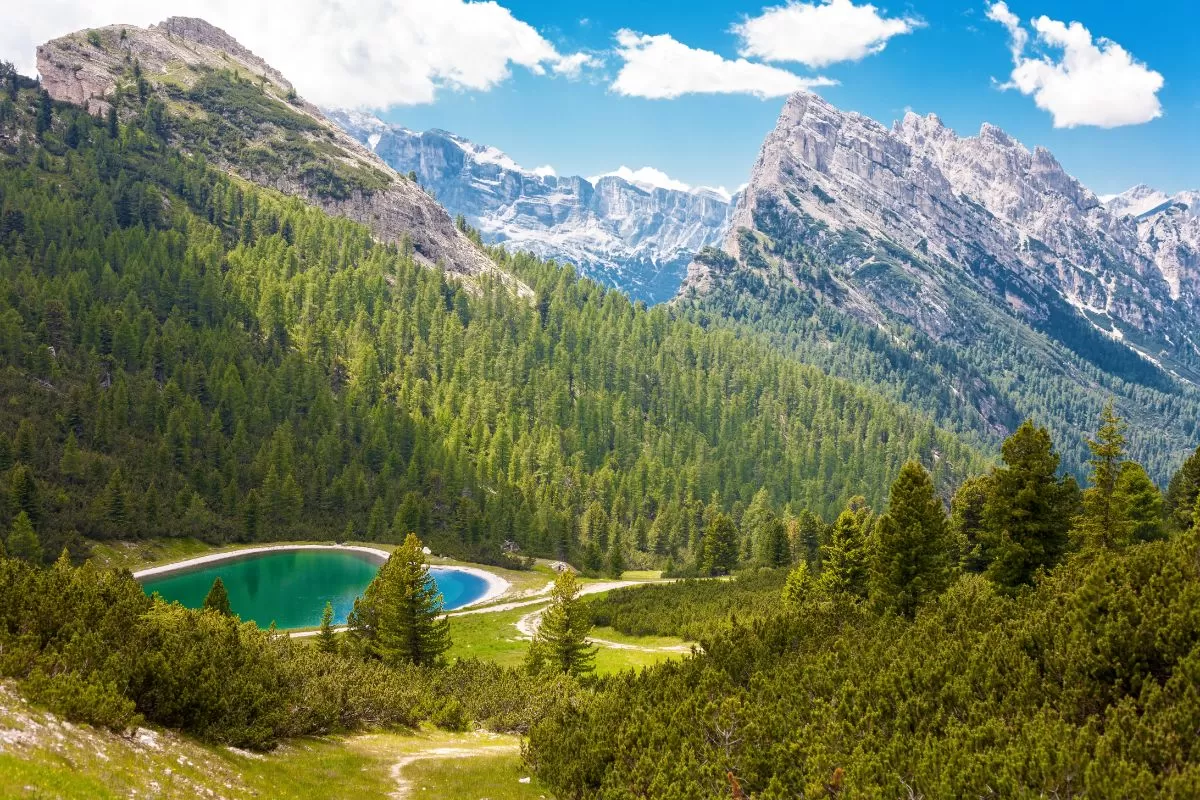
Sure! Slovenia's weather varies depending on the region and the time of year. Generally, Slovenia has a continental climate in the northeast, an Alpine climate in the northwest, and a Mediterranean climate along the coast.
In the summer months (June to August), temperatures in Slovenia can range from pleasantly warm to hot, especially in the lowlands and valleys, with temperatures often exceeding 30°C (86°F). Along the coast, temperatures are typically a bit cooler due to the influence of the sea.
During the winter months (December to February), temperatures can drop significantly, especially in the Alpine regions, where snowfall is common. Ski resorts in places like Kranjska Gora and Vogel attract winter sports enthusiasts from all over Europe.
Spring (March to May) and autumn (September to November) are transitional seasons with mild temperatures and occasional rainfall.
Overall, Slovenia's diverse geography and climates offer a range of weather experiences, from sunny beaches along the Adriatic coast to snowy mountains in the Julian Alps.
